Thanks for visiting this project site. Pressure sores are a severe problem that many individuals who use wheelchairs deal with in some way or another. This is due to the the inability to move their bodies around wheelchair seat cushions. The pain receptors that would normally trigger someone to move their body around in a chair are not functional, and pressure continues to build up in isolated areas of the skin that are contacting the seat cushion.
Recently, I had a friend who was unable to work for 18 months due to one single pressure sore that caused severe infection. He had to have several surgeries and needed to be hospitalized for most of this time. Unfortunately, more than half of those who use wheelchairs can expect to experience issues with at least one pressure sore in their lifetime.
The main way to prevent pressure sores is to perform pressure reliefs several times an hour.
The system I am developing is designed for wheelchair users as a convenient way to prompt and monitor their pressure relief exercises. Current wheelchair pressure sensing systems are targeted for physical therapists and other clinicians to use when fitting a proper cushion on wheelchair . These systems give feedback on how evenly pressure is distributed, and that certain pressure points will be alleviated. They are meant for use in a hospital or other clinical setting during the fitting phase. Several consumer oriented pressure sensor systems have appeared on the market over the years, but typically they are quite costly (4-8k) and may be too bulky for most wheelchair seating systems.
My system is designed to be simple, unobtrusive, and completely open source. For someone who is newly injured and just learning to use a wheelchair, this system will assist in training for pressure reliefs.
The main components of this device are readily available, and include an Arduino Uno, FSR sensors, and LED's.
Thanks for dropping by! This is definitely a passion project for me. I hope that by developing this system I can contribute to the wellness of many of my friends and coworkers who use wheelchairs.
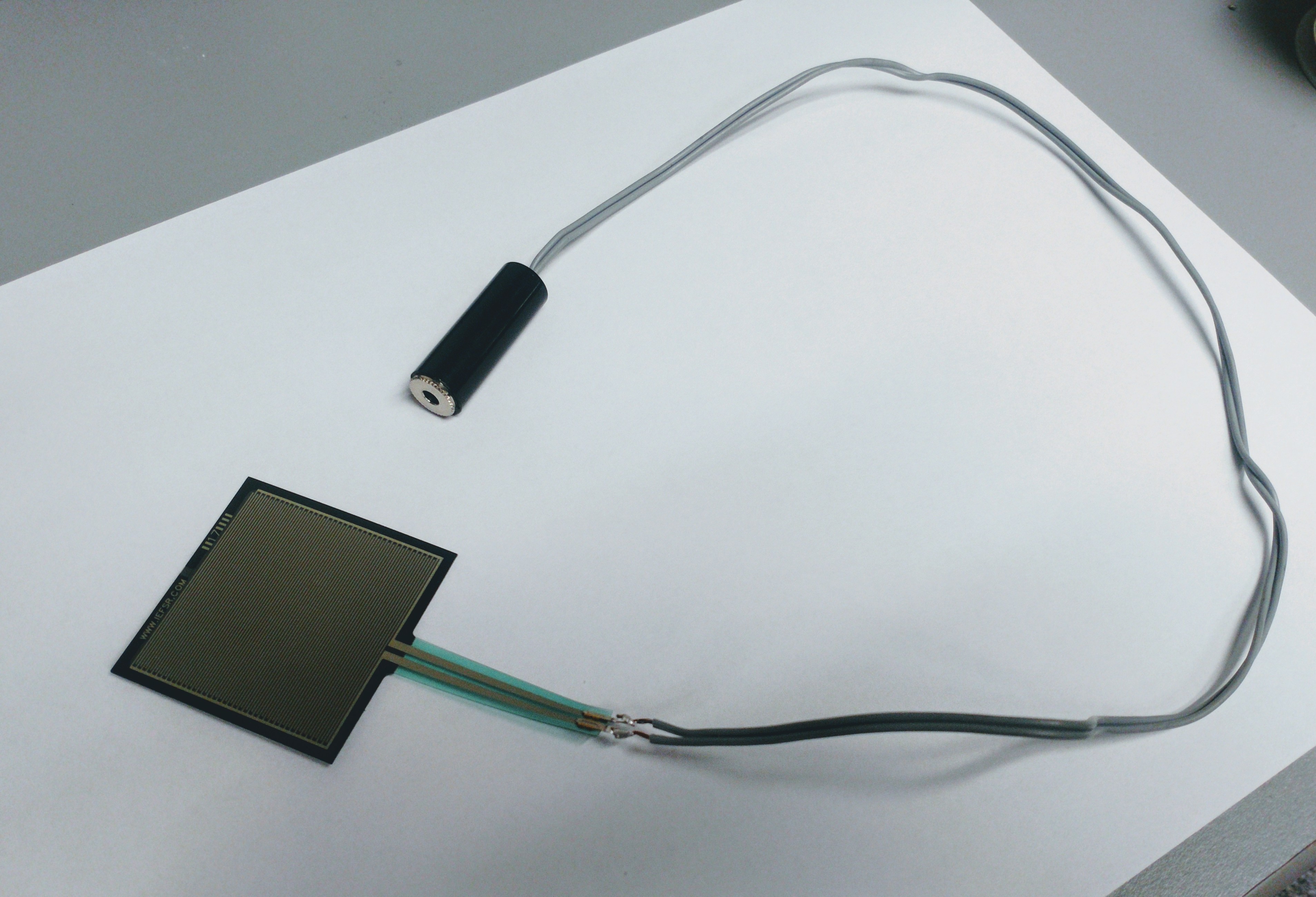
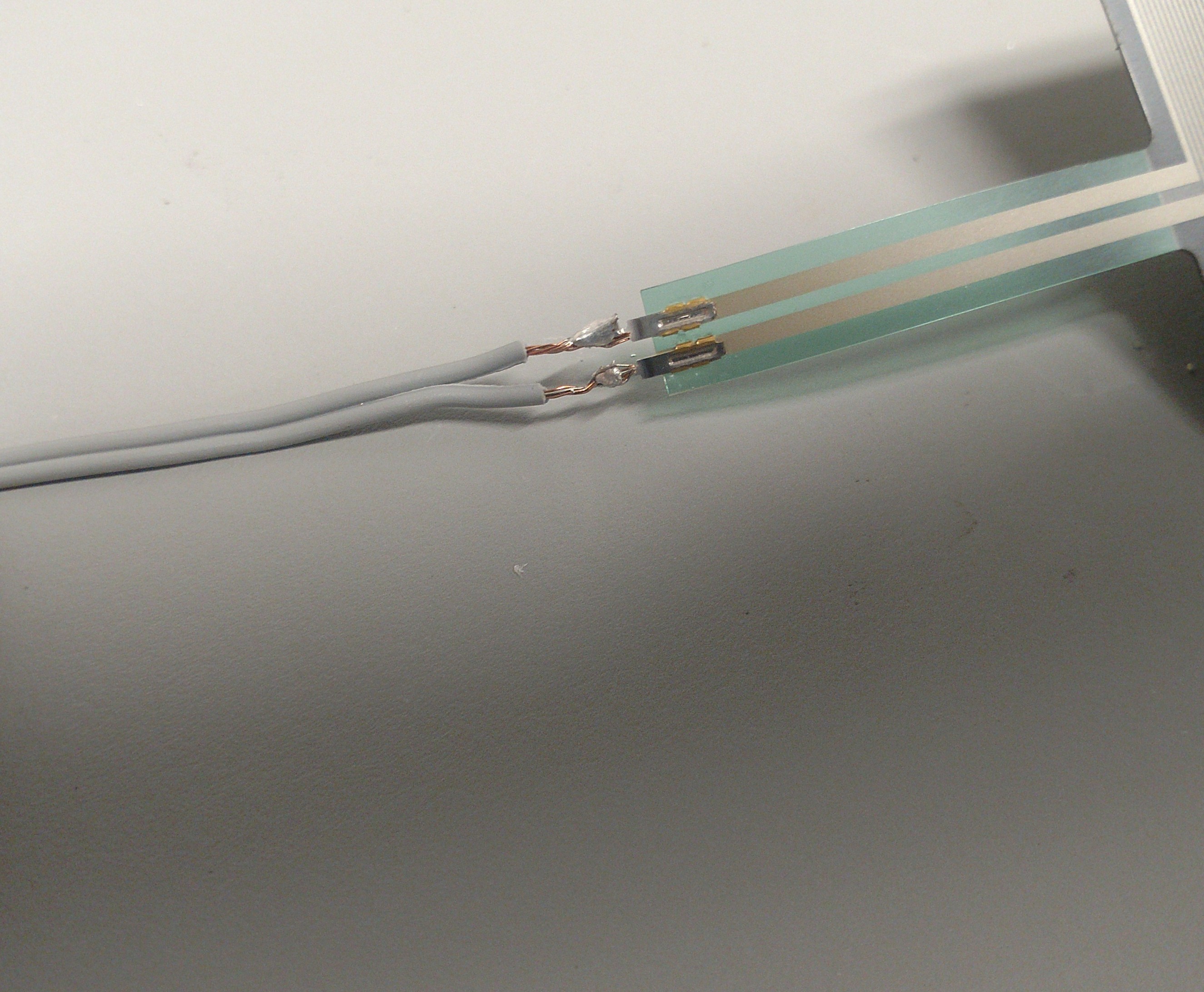



 Facundo Noya
Facundo Noya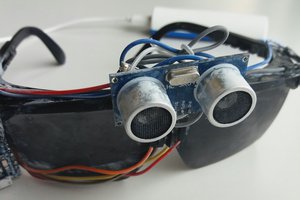
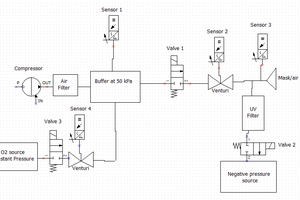
 Simon Harvey
Simon Harvey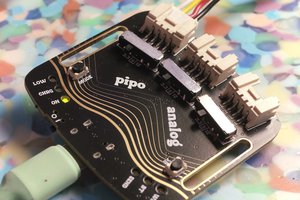
Hi @drewman I'm a disabled person also I'm a software developer with more than 10 years experience in several language like C# , Go and familiar with Java and C++ .
How can I help to develop this project?.